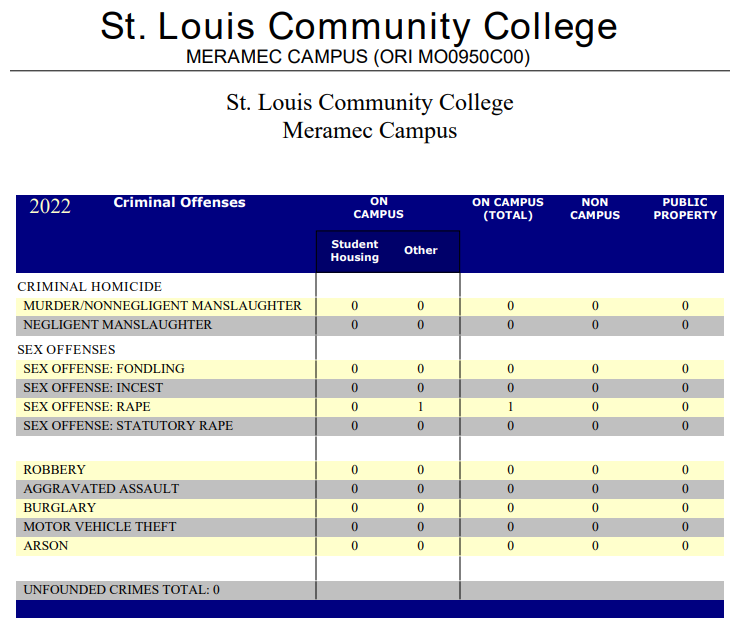Internet gives veiwers the opportunity to chose what they want to see. Has this killed video music channels like MTV and VH1?

Tim Doty
– Copy Editor –
One minute past midnight on Aug. 1, 1981, John Lack spoke the words “Ladies and gentlemen, rock and roll.” The music video for the song “Video Killed the Radio Star” by The Buggles started playing, and MTV: Music Television was born. During the first night of airing, black screens filled TVs throughout America as the MTV employees put the video tapes containing the music videos into VCRs.
“I remember when MTV was the hot scene in 1981. It made a very big splash,” said David Abberton, mass communications professor at STLCC-Meramec. “When MTV created an entire cable channel, they created this new phenomenon.”
Nearly three decades later, MTV is still on the air along with its family of music-oriented channels such as MTV2, mtvU, CMT and VH1.
In its early years, MTV made the Video Jockey (VJ) a household term. VJs were on-air personalities that introduced the videos before they were shown on TV similar to a disc jockey on a radio station. Bands and artists such as Bon Jovi, The Cars and Def Leppard were given a popularity boost from the network since their videos were exposed to a much larger audience.
“Artists became popular because of MTV,” said Susan Hunt-Bradford, assistant professor of mass communications at Meramec.
“It was so smart, too, to see music videos on TV. Now they were making a story with the music. Everybody loved it.”
Today, an average of four hours of music is broadcasted on MTV. The other 20 hours are filled with shows such as “Sixteen and Pregnant,” “Is She Really Going Out With Him?” and reruns of programs like “That 70s Show.” These four hours of music videos are played usually between the hours of 3 a.m. and 6 a.m. and aren’t regularly scheduled every day of the week.
In recent years, MTV has placed more of a focus on reality and scripted programming and has drifted away from showing only music videos.
There are currently 19 regularly scheduled programs running on the music station, but 12 of those programs are based on reality, such as dating shows and shows about real life, like “True Life” and “Teen Mom.”
“There was probably an oversaturation of applying visual images to music. It became burdensome after a while,” Abberton said.
This change from a music concentrated channel to a reality-based channel didn’t come overnight. MTV found success with their shows such as “Yo! MTV Raps” and “120 Minutes,” which featured VJs playing the latest and greatest music videos. “The Real World,” a reality show about a variety of young adults living under the same roof, made its first appearance in 1992. It’s had 25 seasons and is credited as creating the reality genre.
“The birth of reality TV, which really is MTV’s ‘Real World,’ was an attempt to do a docu-drama,” said Colin Suchland, adjunct professor of sociology at Meramec. “Instead of paying actors, you throw a bunch of 20-somethings into a house together and see how bad the pot stirs.”
Over time, reality shows have replaced music-concentrated shows. Shows such as “Sucker Free,” the modern version of “Yo! MTV Raps,” have been moved to MTV’s sister station, MTV 2 and “Total Request Live” (“TRL”) was taken off the air completely.
MTV2 was created in 1996 when MTV started to shift gears into more reality programming. The new network started to air more music videos than its older counterpart and provided an outlet for more diverse, alternative, and even classic music videos rather than reality TV.
“They realized that somewhere around the era of TRL people like me started to tune out to MTV and they wanted to offer something else, so they invented MTV2,” Suchland said.
VH1, which began as “Video Hits One” on Jan. 1, 1985, tried to hone in on an older demographic to cultivate more success with MTV. The sister station of MTV became famous for showing documentaries like “Behind the Music” and the “I Love the…” series.
“Very few people actually realize how old VH1 is. If MTV was the pirate FM radio station, which is how they thought of themselves in the early days, then VH1 was the top 40 radio station, the safe station. VH1 continues to play that role,” Suchland said.
Hunt-Bradford said that maybe a reason why there has been such a change in programming is due to saving money.
“Cost is probably a reason why MTV drifted away from music videos. It’s cheaper to make those kinds of shows than a sitcom or drama. Music videos are expensive to make. People are still not sick of reality shows; they are still intrigued by them,” Hunt-Bradford said.
More and more people are starting to use social networking sites and implement the Internet more into their daily lives; it offers instant gratification. The Internet serves as a resource for those looking for various types of information from the news, or in this case, music videos. The Internet has made it possible for anyone to watch a music video within seconds of searching for it. Suchland said that people don’t tend to watch TV for the newest music videos anymore.
“I remember very vividly being eager for the videos to come around in the rotation because I wanted to find out what the new music was,” Suchland said. “Now you’d go to the Internet. I think MTV understands that, so they have evolved into a new type of media entity.”
Abberton said that the convenience of the Internet has let people search for music videos at their own leisure.
“The Internet punched a hole in their viewing market,” Abberton said. “It’s more convenient for people to click and watch what they want and not wait for videos to appear on TV. It puts the music video consumer in control.”
According to Time Warner Cable, MTV’s main demographic audience has always been between the ages 18 and 24.
Since the invention of YouTube in 2005, according to http://youtube.com, it has become the most popular online video community; people watch 2 billion videos on YouTube every day and has a broad demographic ranging from 18-55.
Artists such as Lady Gaga, Beyonce, Kanye West and My Chemical Romance all chose to premiere their highly-anticipated music videos on YouTube instead of MTV.
“There’s got to be a correlation between an uprising of YouTube and less music on MTV.” Hunt-Bradford said. “On-demand is what YouTube is. What you want to watch is there,” Hunt-Bradford said.
The original concept of music television may be dead, though, because of the de-emphasizing of the “M” in “MTV”or maybe the lack of “music” in music television.
“It used to be that we all fed at the same trough and that trough was called MTV,” Suchland said. “Instead of what you would call the monolithic MTV that owned cool, you have a much more fragmented media universe because of where we are in the chronology of pop culture.”











